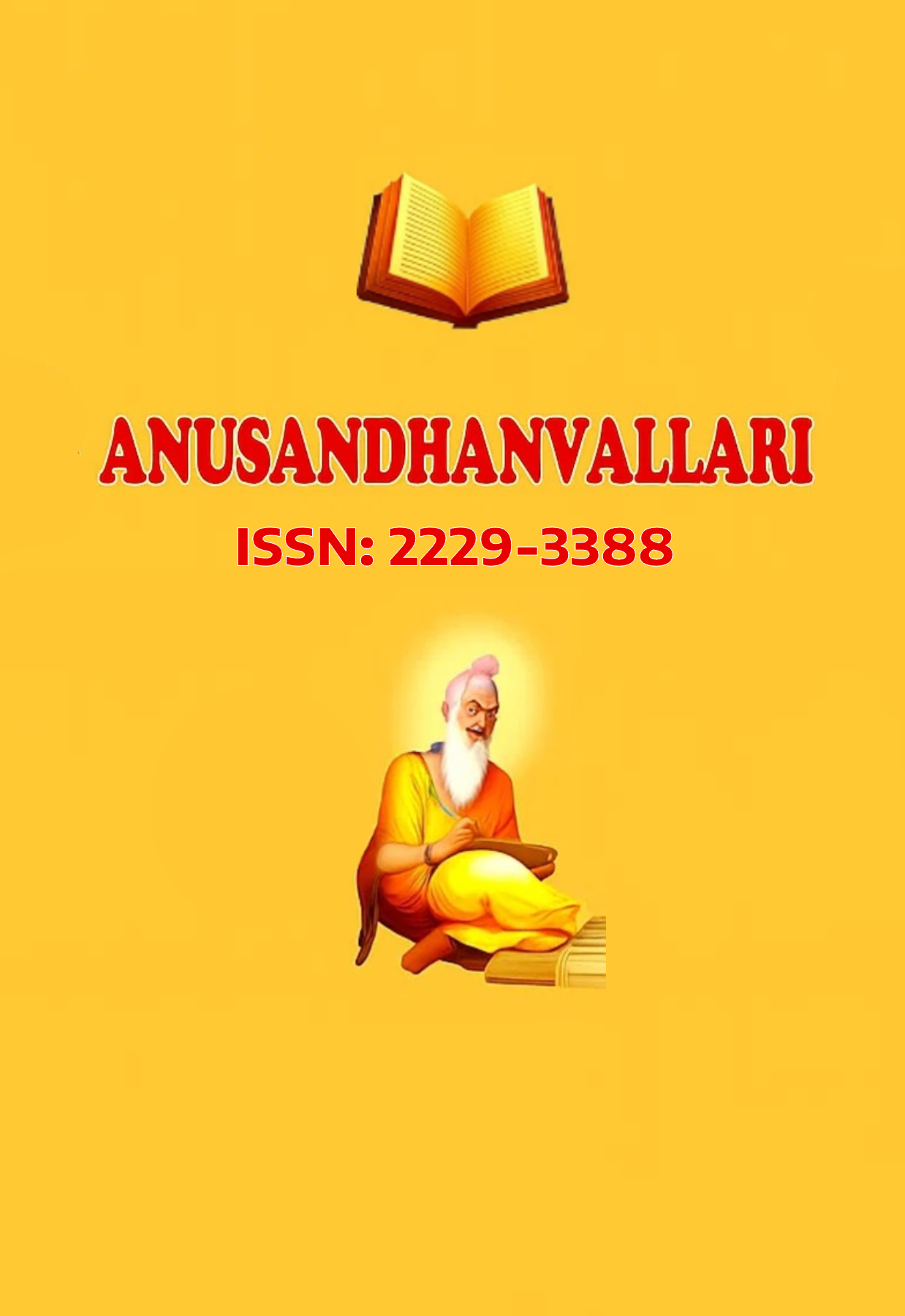Desire and Forbidden Love in A Sin of Colour by Sunetra Gupta
Main Article Content
Abstract
This paper examines Sunetra Gupta’s novel A Sin of Colour as a meditation on feminine desire, social repression, and forbidden love in a postcolonial Bengali context. By close-reading Gupta’s narrative alongside feminist and postcolonial theory, the paper shows how the novel traces two intertwined love stories Debendranath’s illicit passion for his brother’s wife Reba, and his niece Niharika’s affair with the married Englishman Daniel – each confined by strict social codes. Key texts include Gupta’s novel itself, Rabindranath Tagore’s Chokher Bali, and feminist theory by Judith Butler, Luce Irigaray, Gayatri Spivak, and others. The analysis finds that the novel uses Gothic and symbolic motifs (the dilapidated house Mandalay, the river punt, the story of a freed pygmy) to illustrate how class, caste, and patriarchal norms constrict personal desire. Educated and modern as its heroine may be, Niharika remains bound by traditional expectations, resulting in psychological exile and tragedy. The study argues that Gupta’s narrative highlights the emotional cost of silencing women’s passions and invites readers to reconsider rigid gender norms.

